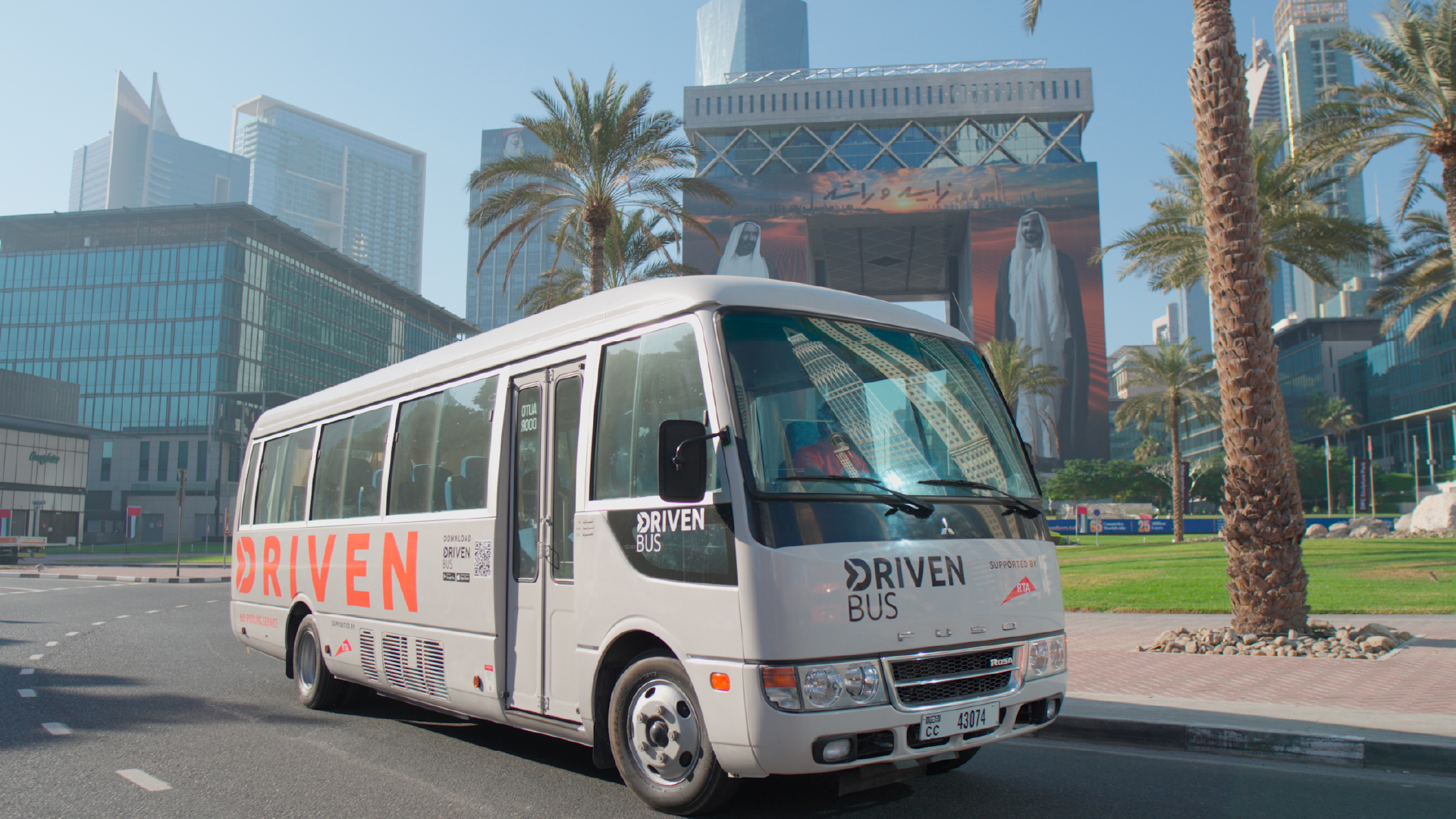Reimagining Demand Responsive Transport: A Hybrid Model
Blending the best of DRT models to create smarter, more adaptable urban transport in Dubai

Over the past six years, WeMove has been at the forefront of Demand Responsive Transport (DRT) in the UK. We’ve seen it at its best—solving real problems for real people—and at its worst— underutilised and inefficient. Our experience has taught us that DRT works when it has a purpose. And now, we’re bringing that purpose-driven approach to Dubai under the RTA’s innovative Bus Pooling licence.
What we’re pioneering in Dubai isn’t traditional DRT. It’s a new model, one that takes the best of semi-fixed and free-floating services and blends them intelligently to match demand and context. We call it hybrid DRT, and it’s built from hard-earned operational insight.
Peak-Time Common Sense: Semi-Fixed Routes That Work
DRT, when run as a fully free-floating system, fails during peak hours. Why? Because it operates based on who books first, not who should be served first. You end up with vehicles being pulled in five directions instead of prioritising routes with the highest likelihood of filling seats.
We take a different approach.
In peak time, we let the users vote with their bookings—but instead of letting the system run wild, we use that data to define semi-fixed lines in real time. These lines follow corridors where demand is clustered, maximising occupancy, minimising inefficiency and allowing commuters to have certainty and to buy month passes. It’s not about controlling the user experience—it’s about enhancing it. When the system is predictable and reliable, everyone wins: commuters get where they’re going, and operators get viable unit economics.
Off-Peak Efficiency: Let DRT Do What It Does Best
Off-peak is where free-floating DRT comes into its own. When demand is more sparse and dispersed, a rigid timetable doesn’t make sense. That’s where the technology enables responsive, on-demand routing that still feeds into key hubs and corridors such as malls, hypermarkets and metro stations.
But let’s be clear: our goal is not to have free-floating DRT running for the sake of it. As soon as the data reveals patterns—even during the day—we move to stabilise those corridors. The more predictability we can offer users, the better their experience, and the more sustainable our operations become.
Why This Matters in Dubai
Dubai is a city of incredible ambition, but also one of complex commuting patterns and logistical constraints. Through our DrivenBus brand, we’re running a fully B2C service with a clear focus on financial sustainability (vehicle utilisation, efficiency, and minimising downtime).
Our team obsesses over stop placement, booking UX, customer marketing, and route viability. We aren’t in the business of just “running tech.” We’re running a transport service that respects both the user’s time and the operator’s margins.
A Model That Learns and Adapts
Our system learns. It doesn’t chase the idea of DRT as a buzzword. Instead, it adapts—morphing into semi-fixed routes when the demand is there, and unlocking flexibility only when it adds value. This is what next-generation urban mobility should look like: a smart blend of flexibility and structure, built around the commuter.
Dubai is the proving ground for this model, and we’re proud to work under the RTA’s forward-thinking framework to bring it to life.
On September 1st, we’ll be making a major announcement showcasing service increases and the acceleration of our hybrid model through new partnerships. More to follow—stay tuned and follow DrivenBus on LinkedIn to stay up to date with the news.




